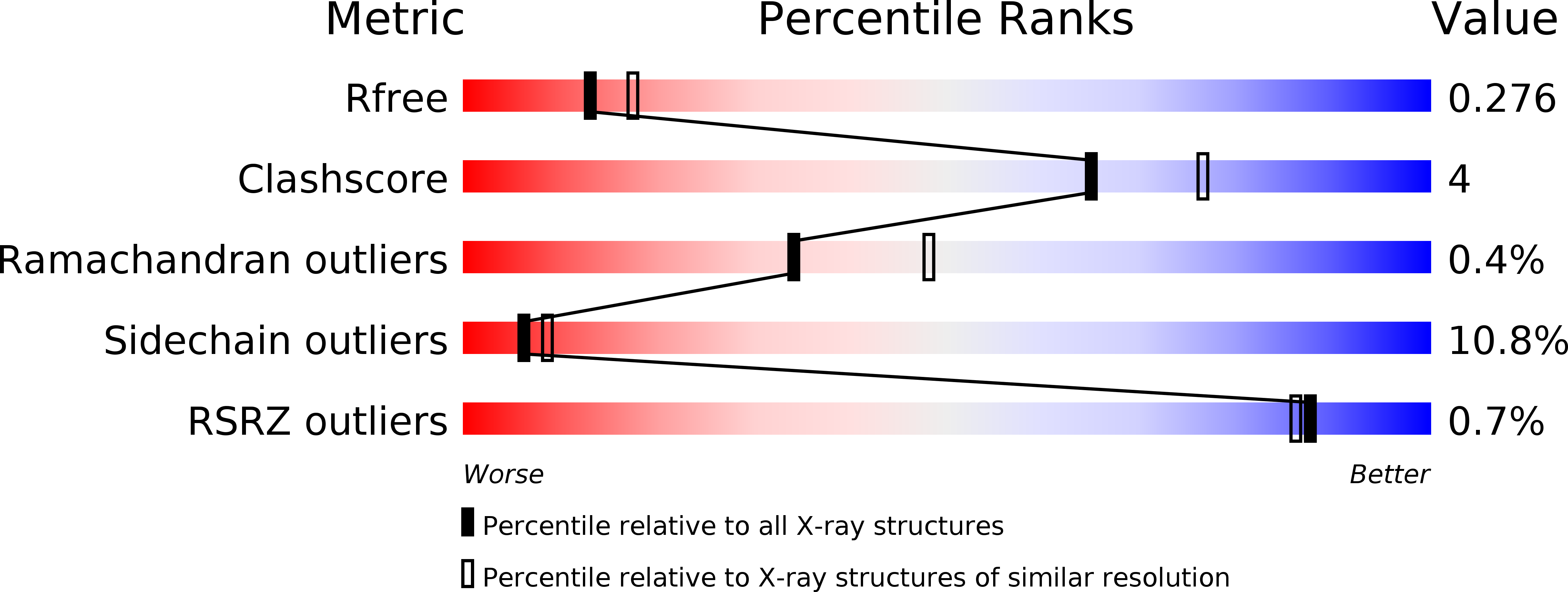
Deposition Date
2004-12-17
Release Date
2005-12-27
Last Version Date
2024-02-14
Entry Detail
PDB ID:
1YAX
Keywords:
Title:
Cystal structure Analysis of S.typhimurium PhoQ sensor domain with Calcium
Biological Source:
Source Organism:
Salmonella typhimurium (Taxon ID: 602)
Host Organism:
Method Details:
Experimental Method:
Resolution:
2.40 Å
R-Value Free:
0.27
R-Value Work:
0.24
R-Value Observed:
0.24
Space Group:
C 1 2 1


